Solar battery jumper cables are specifically designed to connect solar panels to batteries or to interconnect batteries in a solar power system. Here are some key points about solar battery jumper cables:
Key Features:
- High-Quality Conductors: Made from high-quality copper or aluminum to ensure efficient power transfer and minimize resistance.
- Weather Resistant: Designed to withstand outdoor conditions, including UV exposure, rain, and extreme temperatures.
- Connectors: Equipped with standard connectors like MC4, Anderson Powerpole, or ring terminals for secure and reliable connections.
- Insulation: Thick, durable insulation to prevent electrical leakage and ensure safety.
- Flexibility: Flexible design to allow easy routing and installation in various setups.
Applications:
- Connecting Solar Panels to Batteries: Used to connect solar panels to batteries for charging purposes.
- Battery Interconnections: Connecting multiple batteries in series or parallel configurations to achieve desired voltage and capacity.
- Solar Generators: Connecting solar panels to portable solar generators for charging.
- System Expansion: Adding additional batteries to an existing solar setup.
Choosing Solar Battery Jumper Cables:
- Gauge: Select the appropriate gauge (thickness) based on the current (amperage) requirements of your system. Thicker cables handle higher currents and minimize voltage drop.
- Length: Choose the right length to ensure flexibility in installation while minimizing power loss.
- Compatibility: Ensure the connectors are compatible with your solar panels, batteries, and other components.
- Durability: Look for cables with robust insulation and high resistance to environmental factors.
Tips for Using Solar Battery Jumper Cables:
- Proper Sizing: Use the correct gauge to match your system’s power requirements to avoid overheating and power loss.
- Secure Connections: Ensure all connections are tight and secure to prevent power loss and potential hazards.
- Avoid Sharp Bends: Avoid bending the cables sharply to prevent damage to the conductors and insulation.
- Regular Inspections: Periodically check the cables for wear and tear, especially in outdoor installations.
Recommended Solar Battery Jumper Cables:
- BougeRV Solar Extension Cable: High-quality copper wire with MC4 connectors, available in various lengths and gauges.
- WindyNation Solar Cable: UV-resistant cable with pre-attached connectors, suitable for outdoor use.
- Renogy Solar Panel Connector Assembly Tool: Includes various lengths and connectors, designed for easy installation.
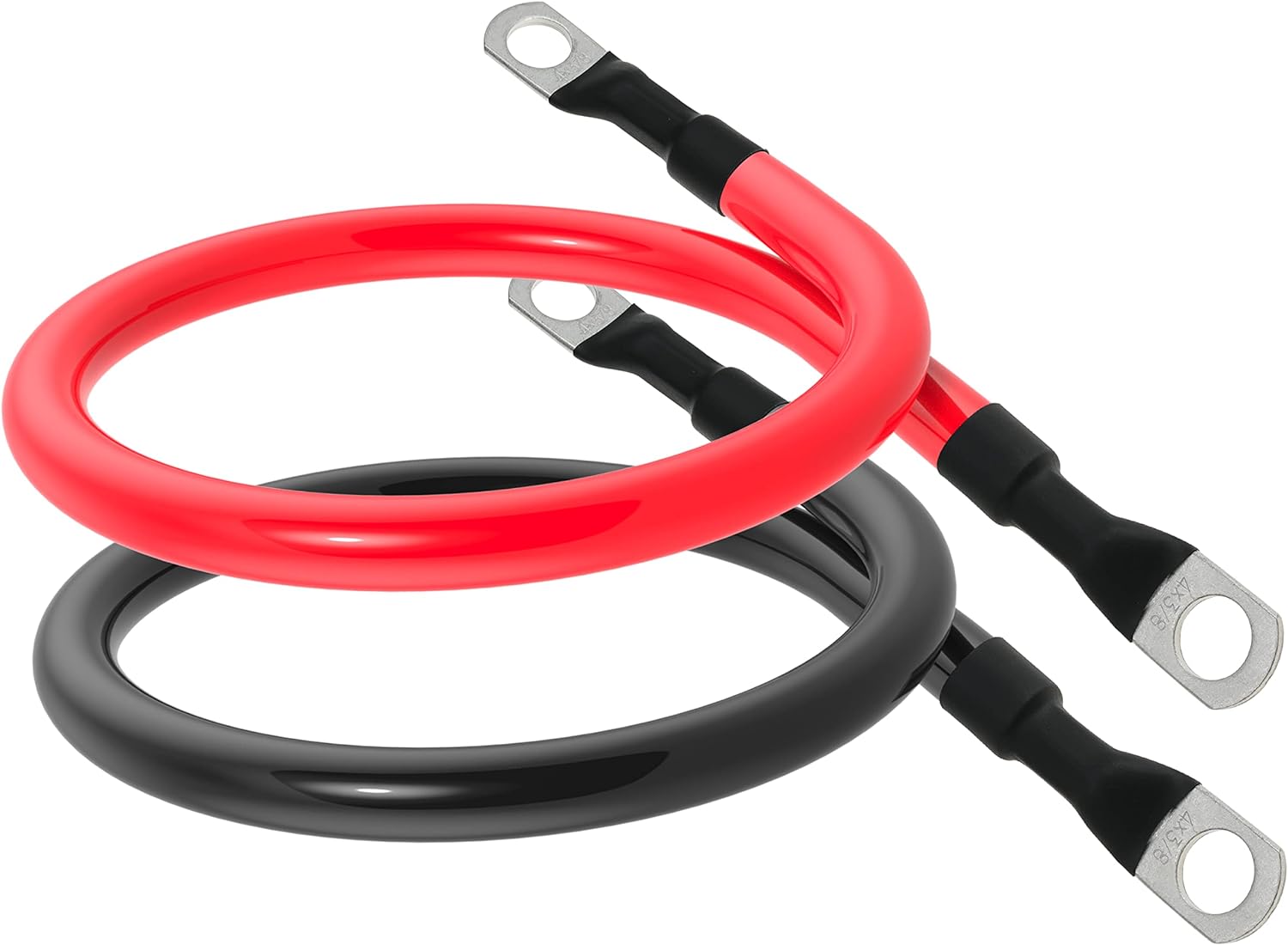

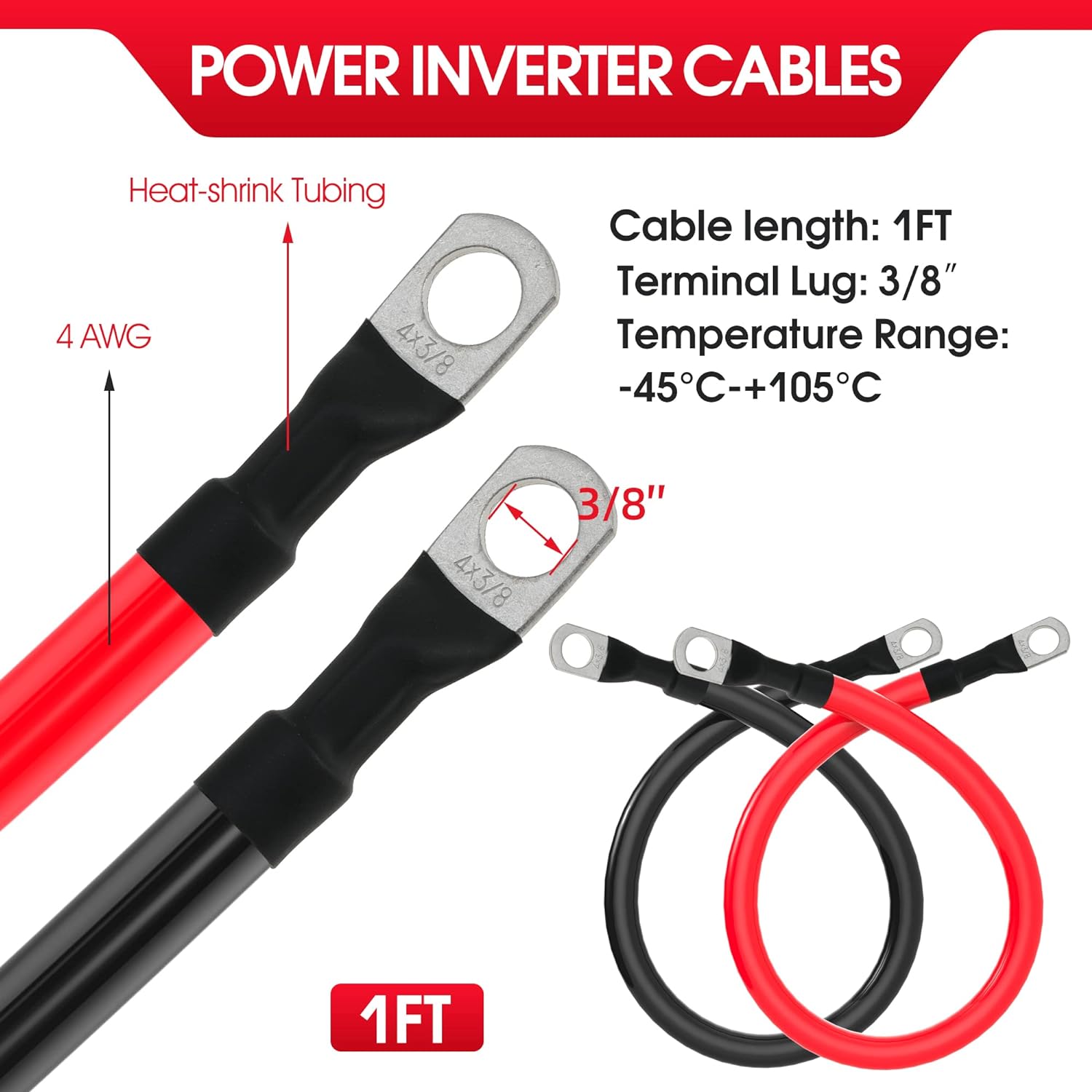
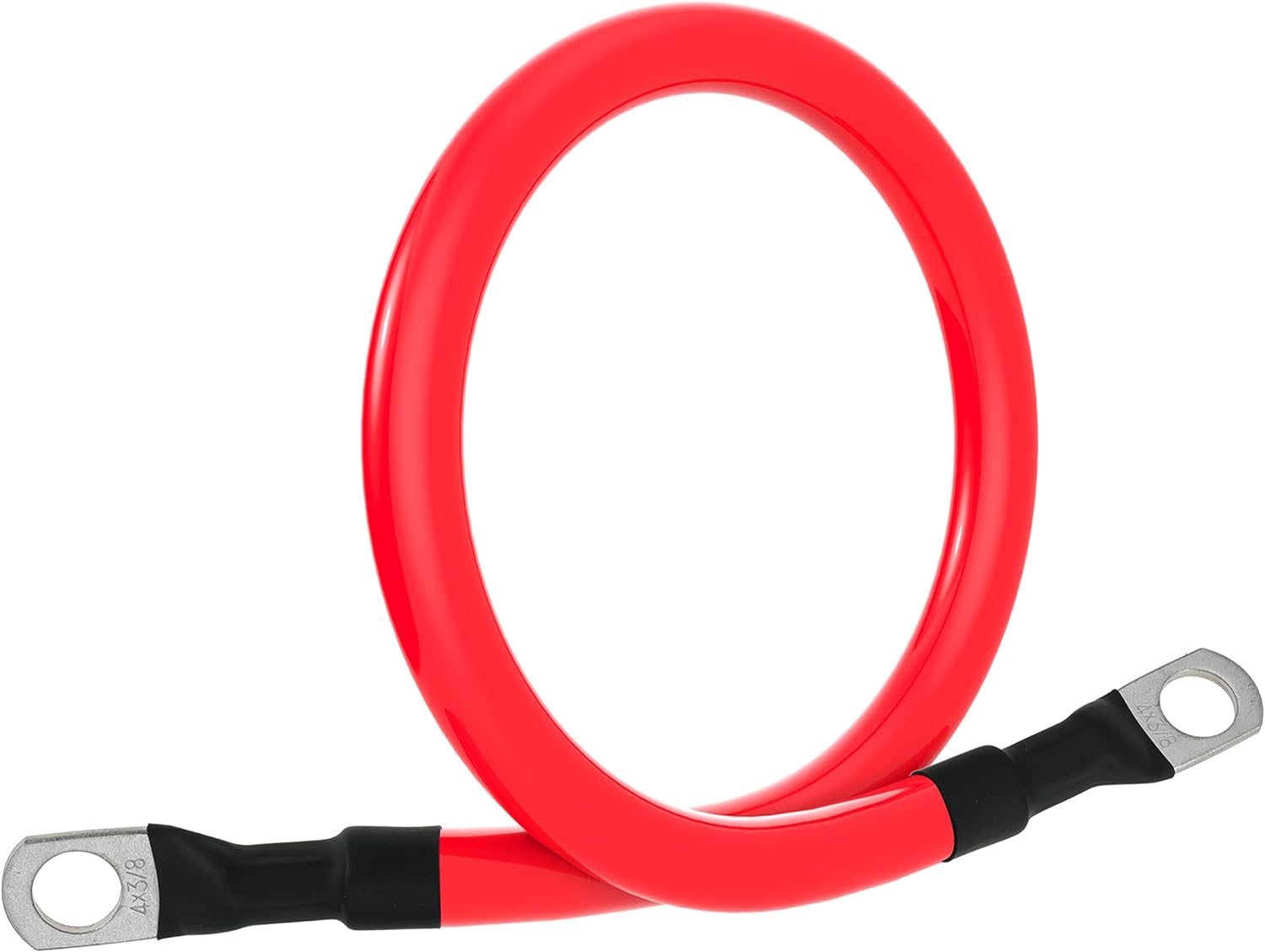
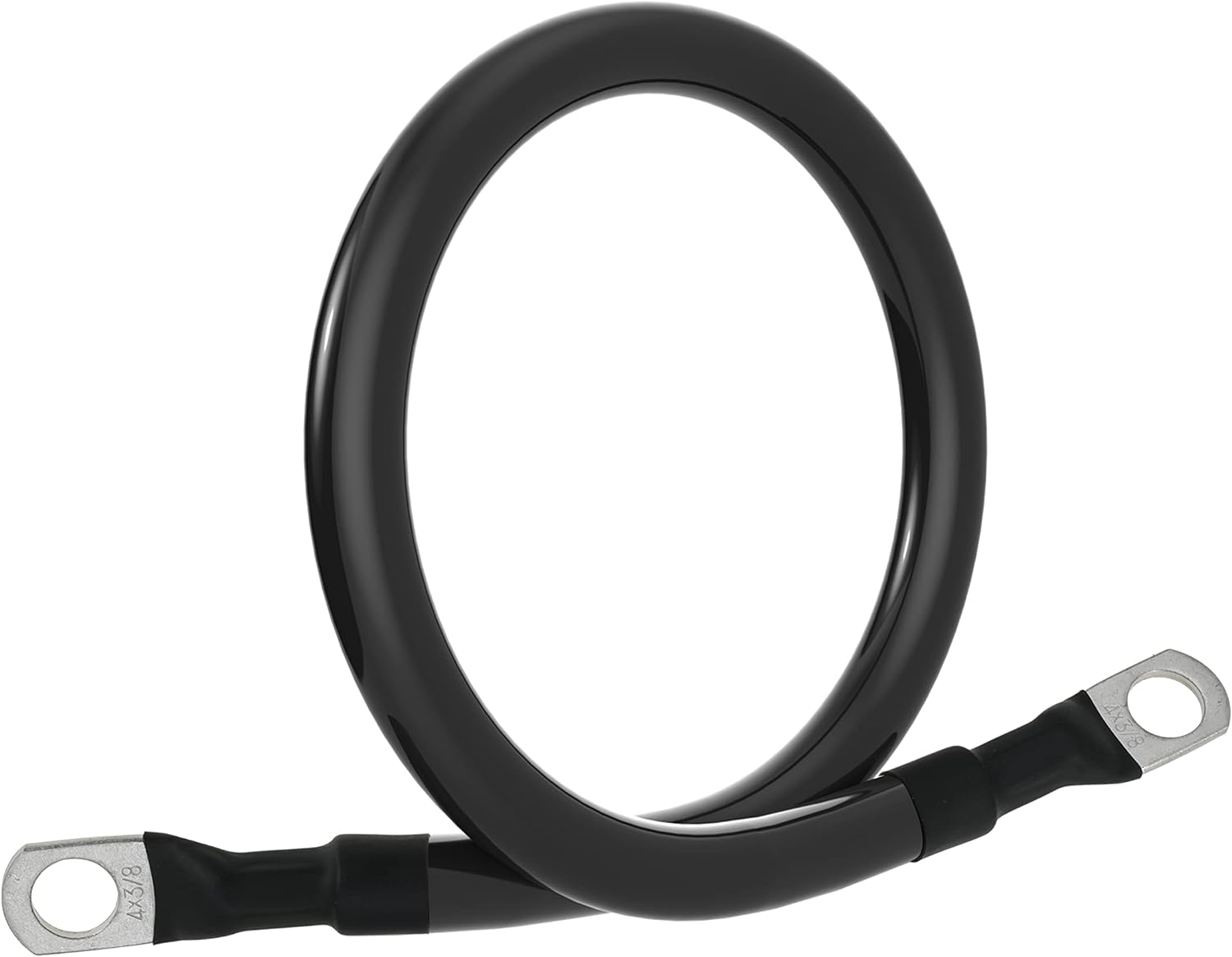
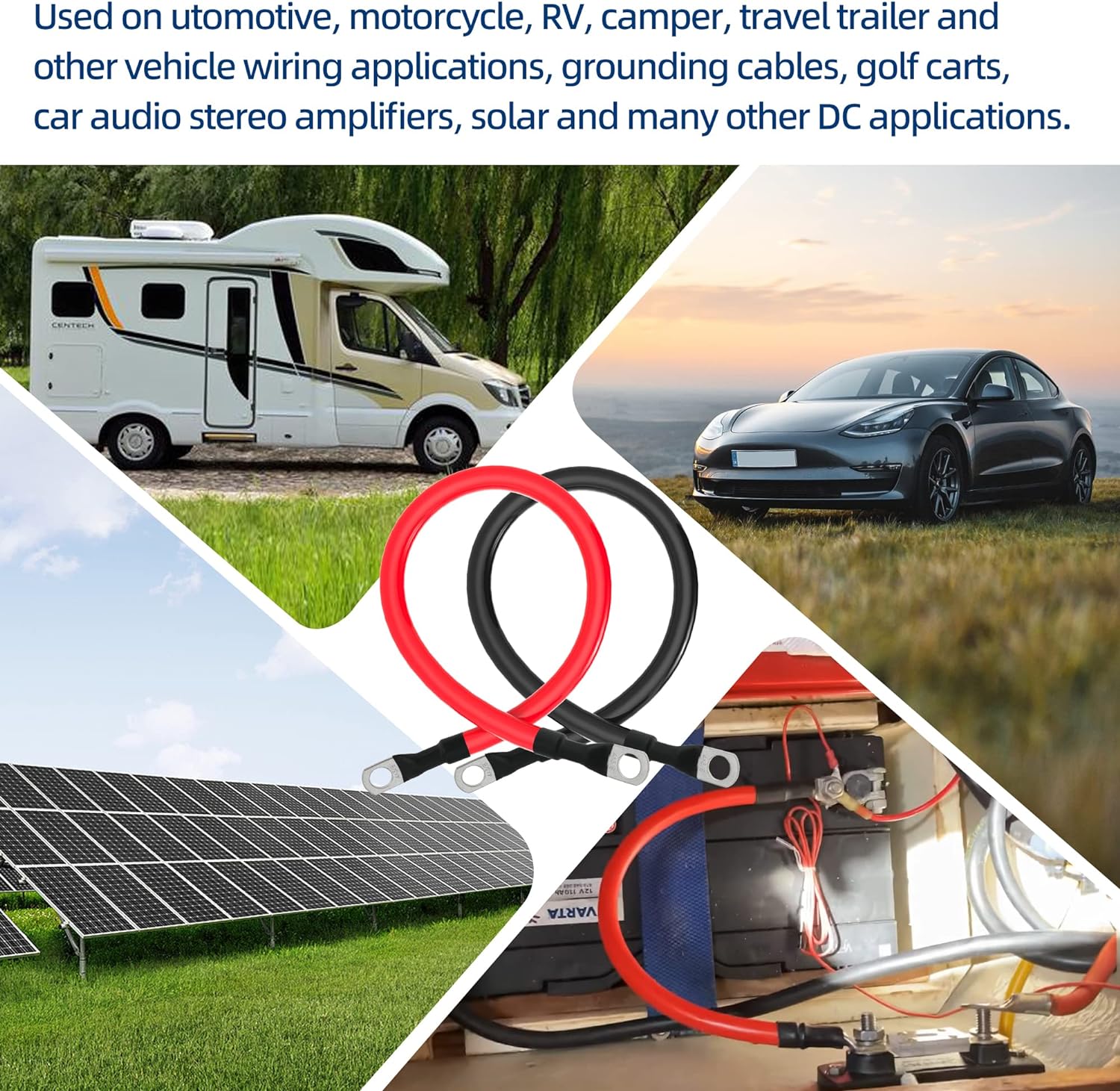
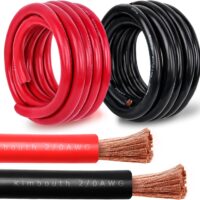
Reviews
There are no reviews yet.